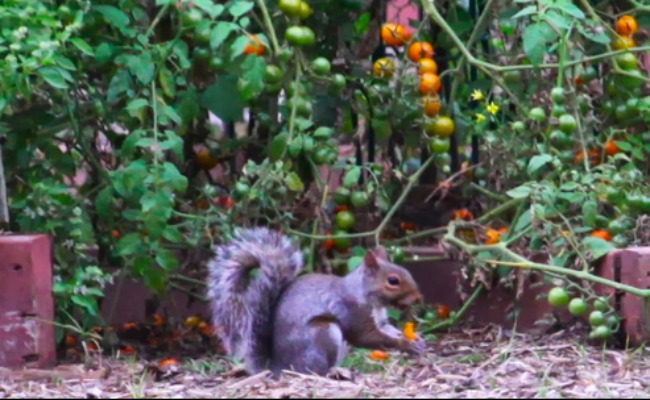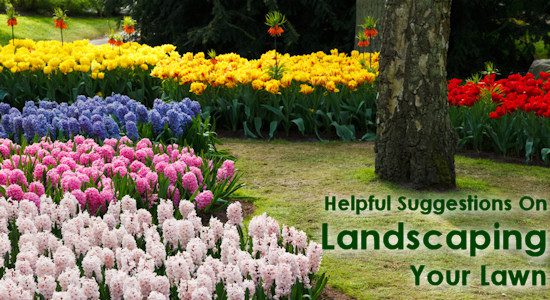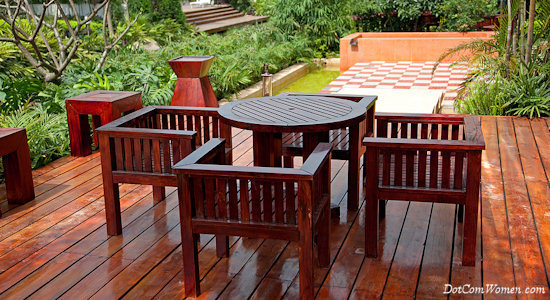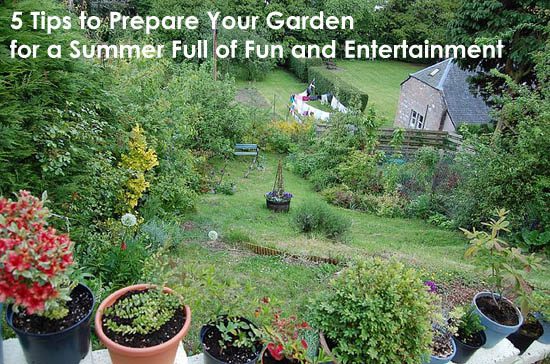How To Garden With Wildlife In Mind
Wildlife is a big part of your garden and therefore it is important to make it a space that provides creatures with both support and a safe haven.

Your garden wildlife needs three basic things – shelter, food and water.
You encourage birds, mammals and bugs to your garden, with birdbaths and boxes, bird feeders that you regularly fill with bird food from Kennedy Wild Bird Food and maybe a pond as an area for creatures great and small to find shelter, drink and bathe.
But, it can’t stop here. Every time you are out working on your garden you need to do so with the wildlife in mind. Otherwise you could destroy, without even realising it, the space that you have worked so hard to provide for them. Here’s how to garden with wildlife in mind.
- Choose the right plants
When choosing which plants to have in your garden consider which ones will have a positive impact on the wildlife. A good mix of plants will provide both food and shelter for a range of garden creature from hedgehogs to bees. Choose plants that flower and produce seeds or fruit at different times of the year, so that your garden creatures have food in all seasons – including when it’s harder to come by and when they have extra mouths to feed.
- Don’t use pesticides
Put down the bug spray! Creepy crawlies aren’t pests and there are actually benefits to keeping these bugs in your garden. Plus, trying to get rid of one pest will ultimately wipe out lots of other ones.
Pesticides won’t only discourage the wildlife you do want in your garden (including predators that will eat pests) but it could actually kill them. Leave them to it and the insects, birds and mammals will take care of it for you.
- Keep your trees and bushes
When cutting back your trees and bushes it is easy to carried away, so much so that by the time you are finished there is merely a few sticks and branches left. Before you do this bear in mind that you are probably hacking away not only at your wildlife’s source of food but their home. Trees not only give birds somewhere to nest they also provide fruit for foxes, badgers and even deer. Likewise hedges provide essential cover for small mammals and, if this is in the place of a fence, easy access to your garden for the likes of hedgehogs.
- Leave an area untouched.
By leaving a section of your garden untouched you are creating a safe area for wildlife away from any human influence. Ensure that this includes longer grass, which is essential for egg-laying insects such as butterflies.
- Create your own compost
Avoid using peat, and create your own compost – as peat extraction destroys vital wildlife habitats. A compost bin will feed your soil, keeping plants healthier and will also provide a habitat for all sorts of wildlife from worms to frogs. Put raw food waste in and turn it each week with a fork. When it is ready you can spread it across your beds.
Wildlife doesn’t prevent you from working in the garden – you just have to rethink how you do your gardening – keeping them in mind whilst you do it.



